Situation
I have a report which is to be export by customers to excel format when they please that must meet certain formatting criteria.
Problem
This report is a statutory return that must be returned in a specific format. I have decided this can be achieved with the use of pivots. Instead of a list view they require a grid of totals, like this
 o...
o...
This can be done manually by writing out lots and lots of pivots in a big complex statement, but would need to be updated as soon as the column I am pivoting on has a new entry, which will be frequent.
Perfect Solution
The perfect solution for this would be for somebody to find something magical that automatically pivots on all data in one column and does so programmatically, so if entry's are added to that column, they will also be pivoted on.
I am not looking for exact code here because that's lazy and I won't learn anything. A shove in the right direction would be nice though, if this is at all possible.